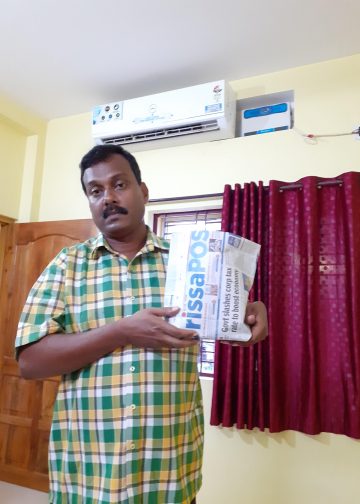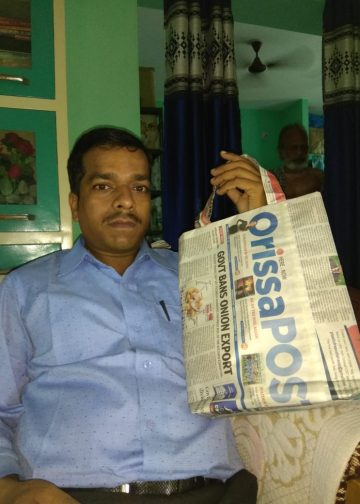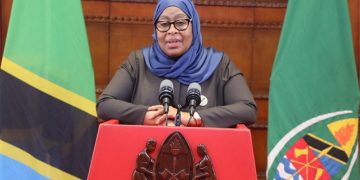Sambalpur: The state government has kind of sidestepped the burning issue of checking fertilizer black marketing – a major issue with farmers over years – by not looking beyond installing point of sale (PoS) machines at dealer points in the state. The real issue nagging farmers here is not so much irregularities in distribution of fertilizers as their disappearance when they are most needed.
The government’s decision to install PoS machines at dealer points is a welcome step, but it will not address the real problem of fertilizer blackmarketing, said a Sujit Patel, a farmer leader from Bargarh, a major paddy procurement district in the state. The problem farmers across the state are facing is short-supply of fertilizers, especially urea. The state government requisitions its quotas of fertilizers from the Centre, but a problem is there is massive shortage of urea in the state between August second week and September end when farmers need it the most.
Urea is the largest-used fertilizer by those growing paddy. It is not only highly subsidized but also helps the plants grow faster. Farmers usually use fertilizers in three phases. Even the Andhra farmers growing paddy here use it four times. While complex fertilizers like gromer and DSA are used in the first phase when paddy saplings are transplanted, farmers look to urea for subsequent nourishments of the plants. Unavailability of urea affects small and marginal farmers who constitute over 80 per cent of the farmer demography in the state.
 During kharif season, urea is required for a month between August second week and September second week when it is not available with the dealers. Even though urea shortage is not felt so much in other times, its unavailability or short supply during this month hamper farming, forcing farmers to buy it from black marketers, Ashok Pradhan, convener of Western Orissa Farmers’ Organisation Coordination Committee, said. Similarly, during rabi crop, urea is not freely available for a month beginning February second week.
During kharif season, urea is required for a month between August second week and September second week when it is not available with the dealers. Even though urea shortage is not felt so much in other times, its unavailability or short supply during this month hamper farming, forcing farmers to buy it from black marketers, Ashok Pradhan, convener of Western Orissa Farmers’ Organisation Coordination Committee, said. Similarly, during rabi crop, urea is not freely available for a month beginning February second week.
The government should ensure that there is no short supply of urea during these two months in a year. At least the district has between 500 MT and 1000 MT stocks of urea. While urea availability was always a problem for kharif paddy, it was freely available during rabi even as its use during rabi is twice the quantity used in kharif. However, there was a shortage of urea in western Orissa during rabi this year.
The current practice of allowing dealers to lift fertilizers directly from railheads makes room for corruption. Fertilizer packets should come to warehouses first and then be distributed to either wholesalers or dealers. Huge money reserved for transportation is not used and they instead line the pockets of officials and dealers, said a source.
The government has decided to install PoS machines at all the 11,680 dealers in the state, who sell directly to farmers to check fertilizer black marketing. Orissa has a total 61.89 lakh hectares of farmland, of which paddy is grown over 35 lakh hectares. This year, the agriculture department would increase the paddy farming by five lakh hectares.
The total fertilizer requirement in the state is nearly 10 lakh MT and urea constitutes nearly 50 per cent of this. The per-hectare fertilizer consumption in Orissa is 59kg.
Sisir Mishra, OP






































